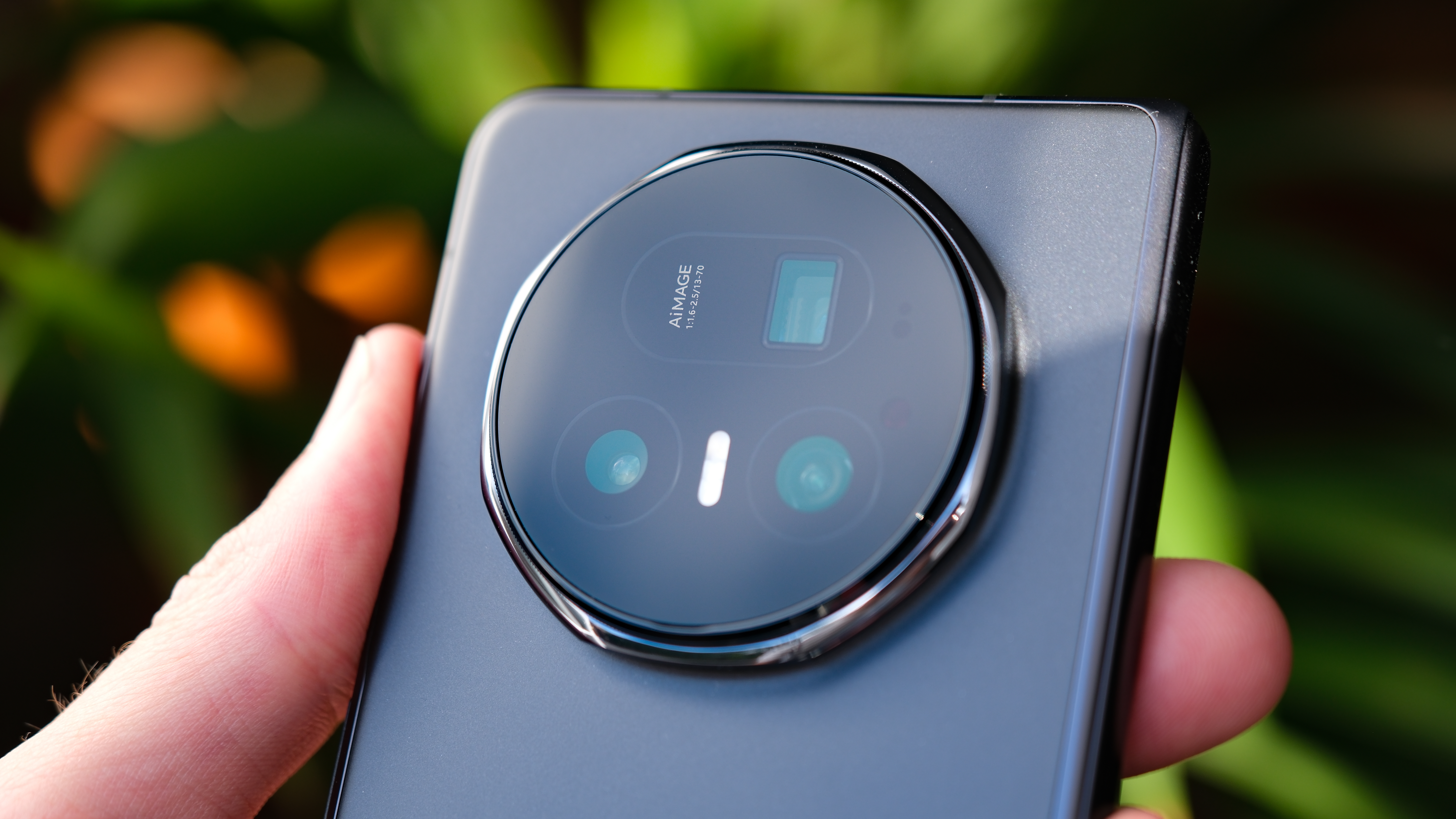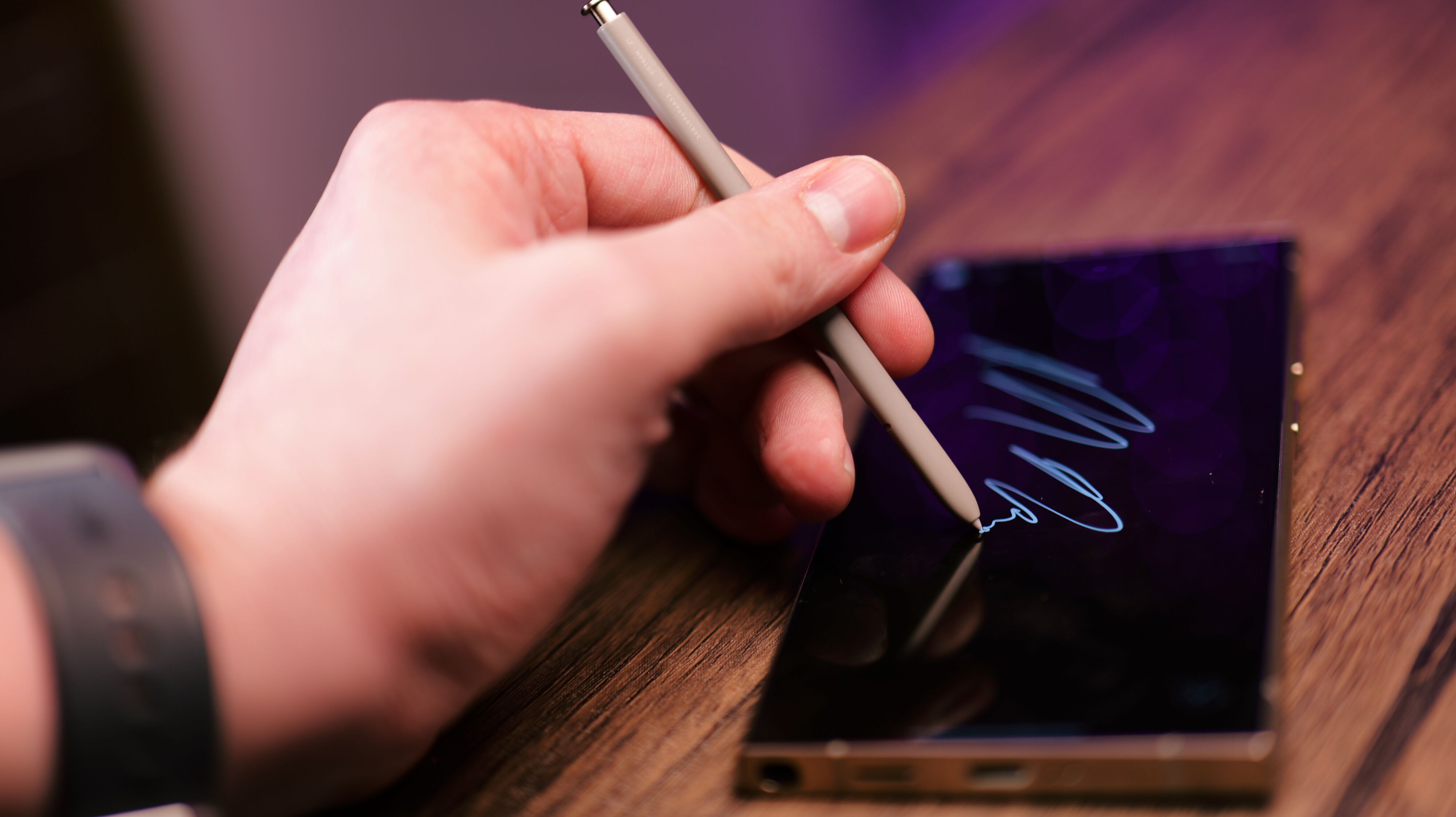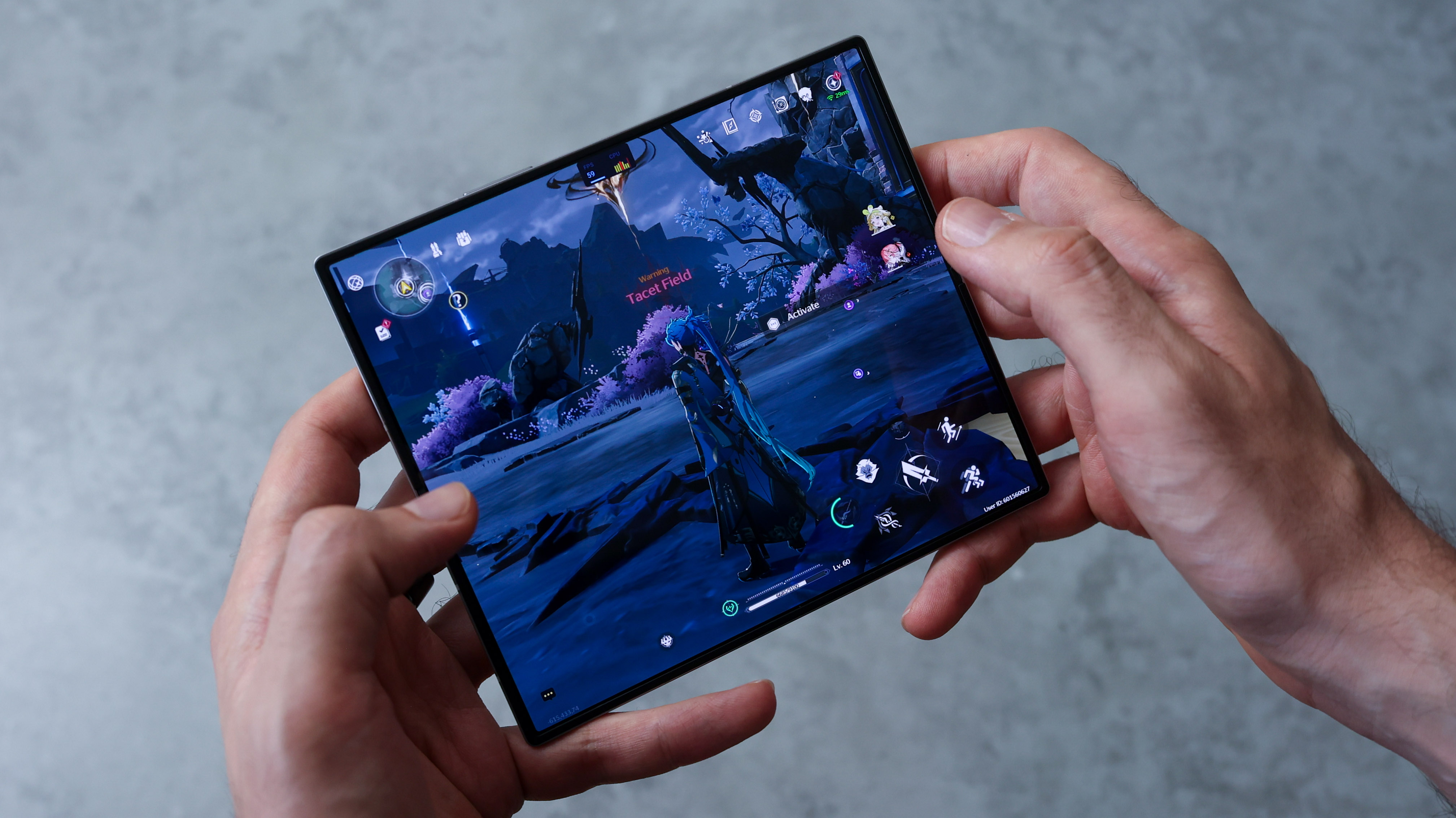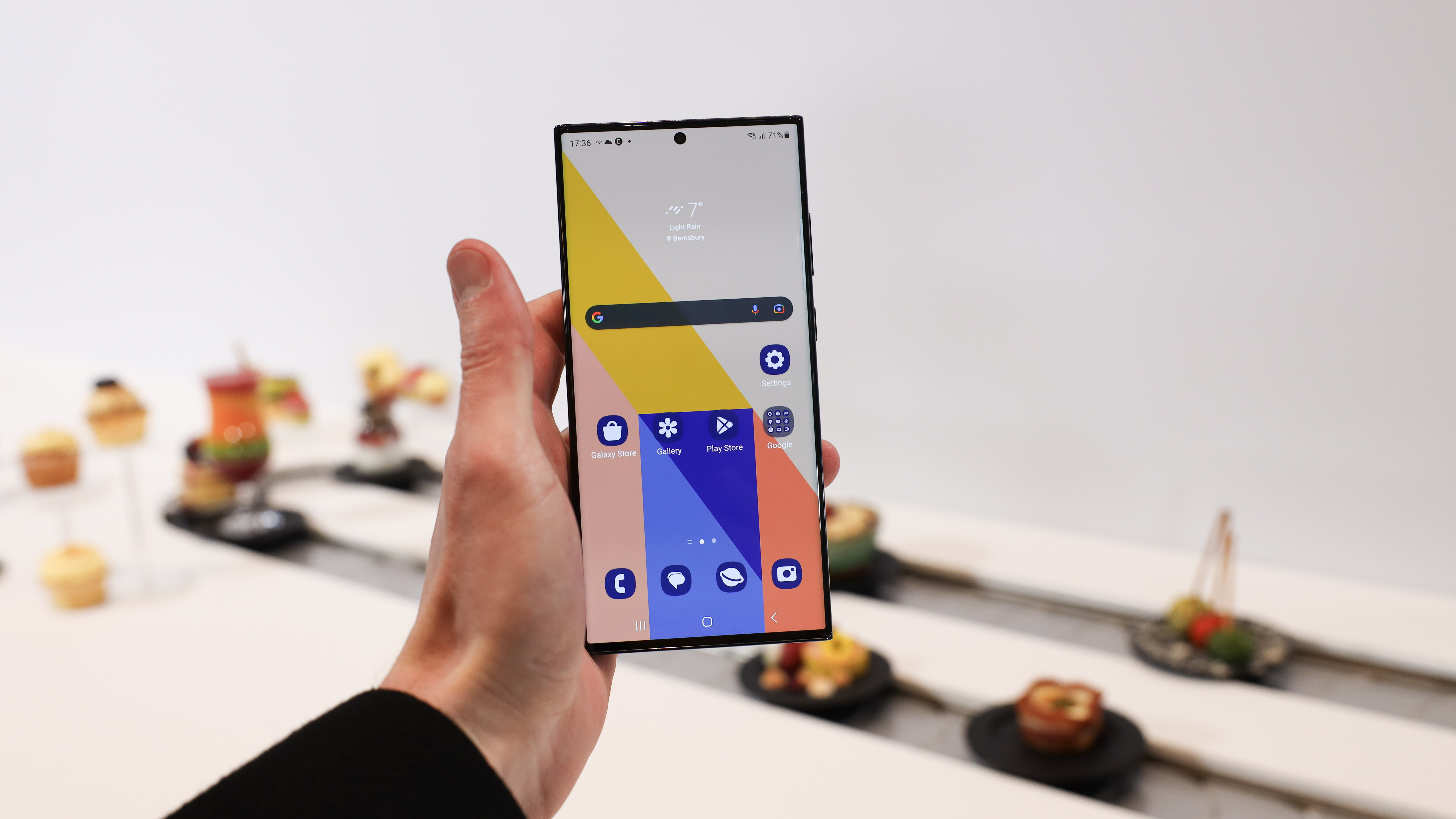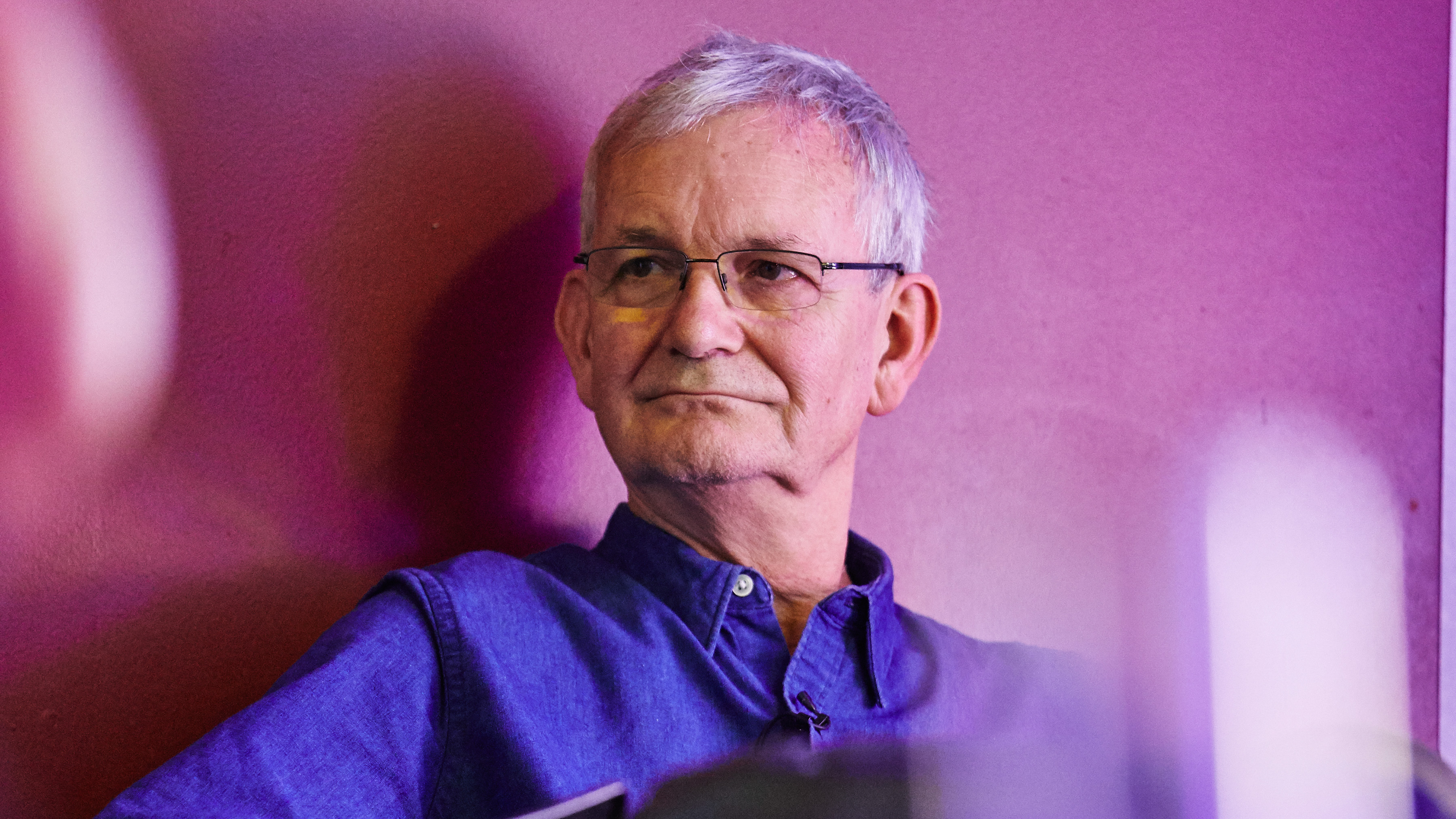The best stylus phone: write and draw with precision on your phone
Draw, sketch, take notes and edit images precisely, with the best stylus phones on the market right now
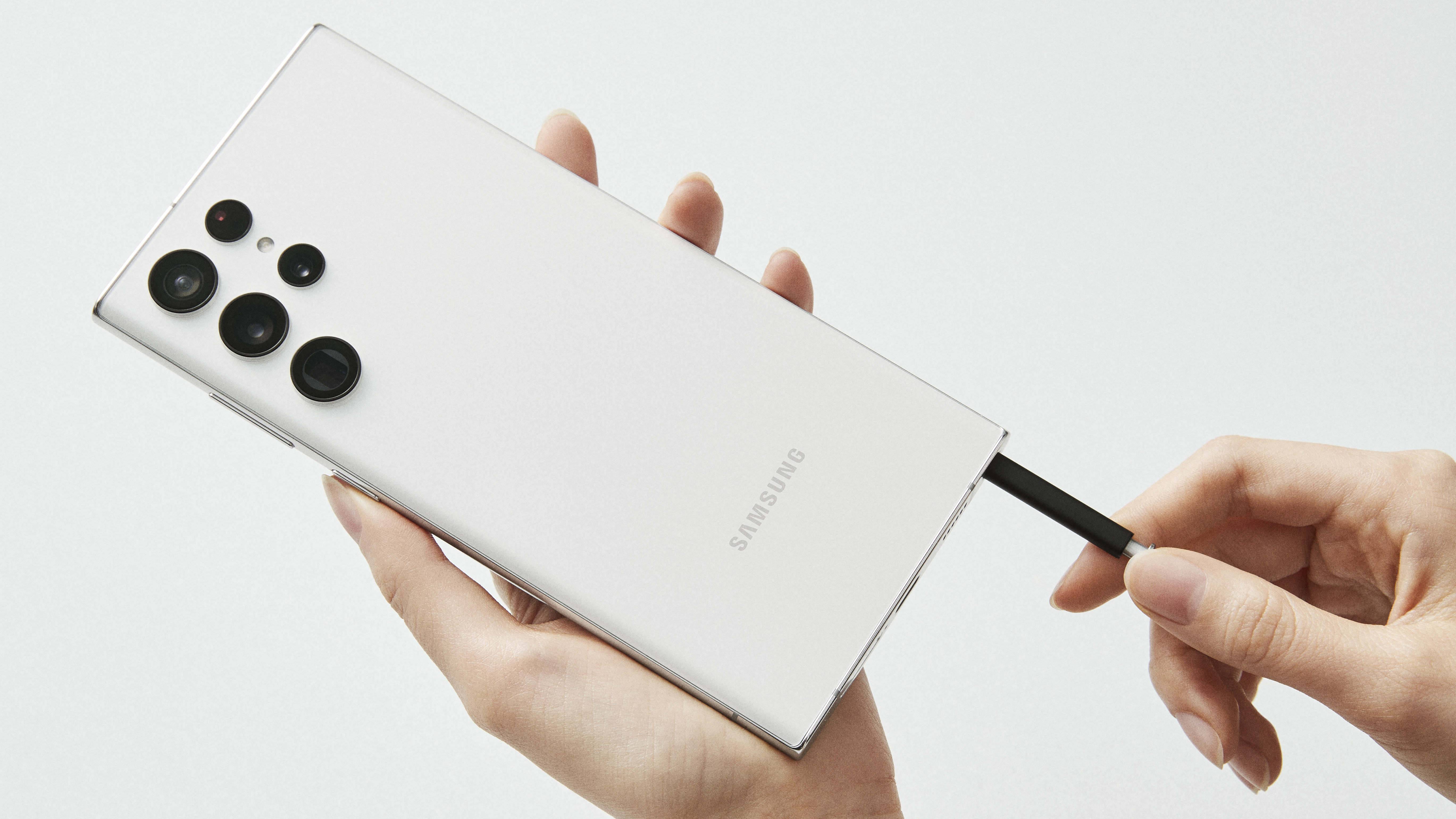
Want to draw, take notes or even edit photos on the go? Then you'll be looking at the best stylus phone. By this, we don't just mean a smartphone you can use with a stylus: that's pretty much all of them. We mean a phone that either comes with a stylus or is optimized for one.
That definition doesn't apply, for example, to anything Apple produces right now. Because not only does the iPhone not come with the Apple Pencil 2 (which is the best stylus for iPads), it's not optimised for it.
So who does offer a decent stylus phone? Well, pretty much on the only game in town right now is Samsung, with its brilliant S Pen. (If you don't like Samsung, then head to number 4 on our list). Note, though, that there's not just one S Pen, there are several, so if take care with which model you buy. You'll find all the details you need in our guide below.
The Quick List
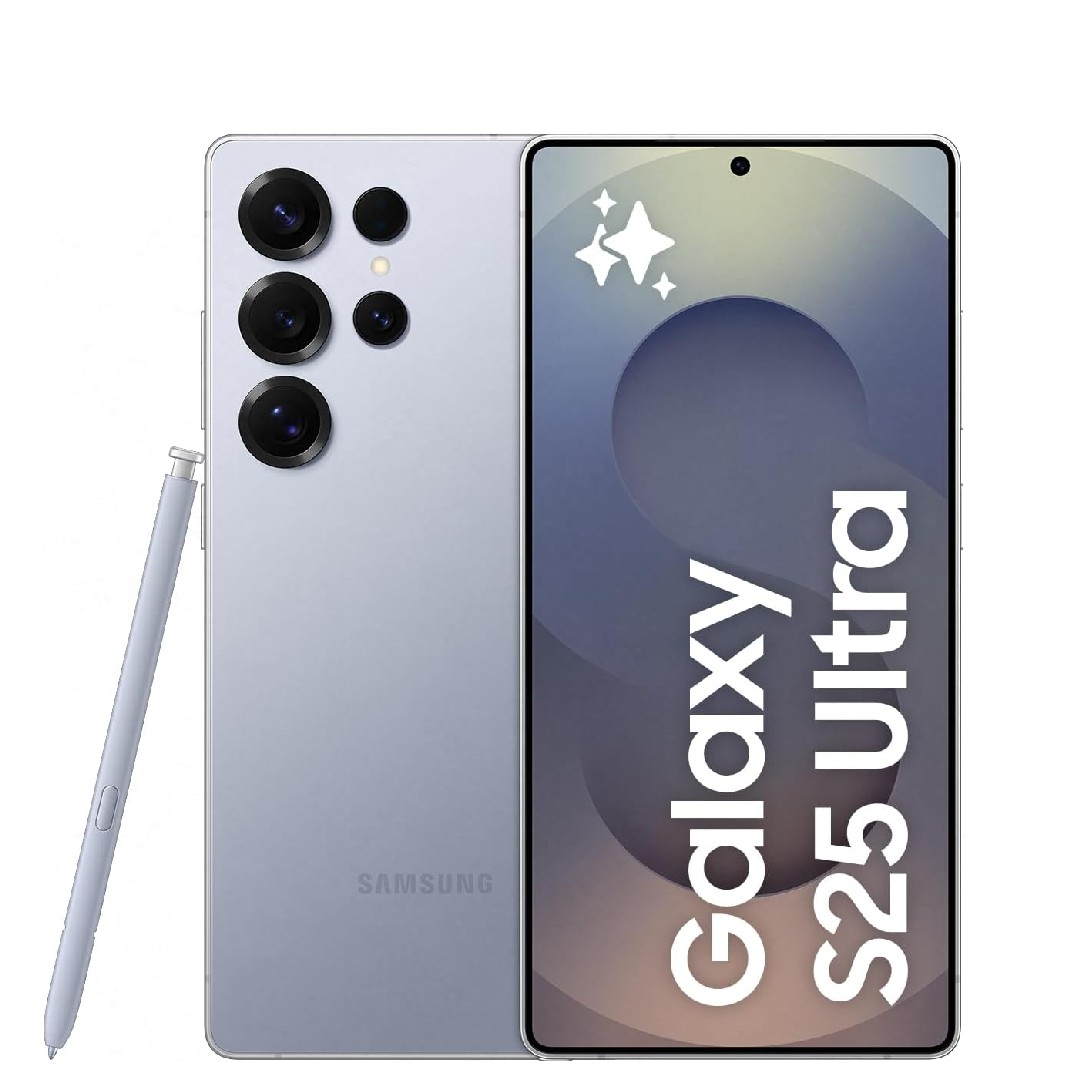
The latest Samsung Galaxy flagship comes in the box with the latest version of the S Pen. With 4,096 levels of pressure sensitivity, it's great for anyone who takes notes or sketches.
Read more below
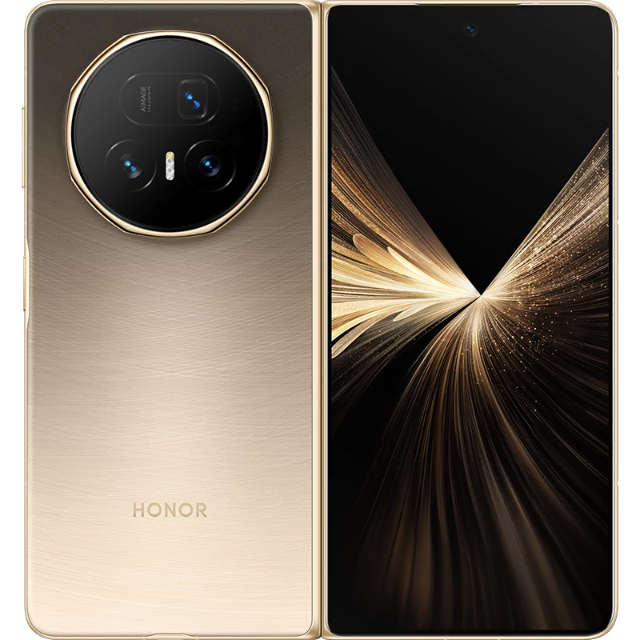
A slim and lightweight foldable that has outstanding screens and a more than capable triple camera system. It's one of the best folding phones available right now.
Read more below
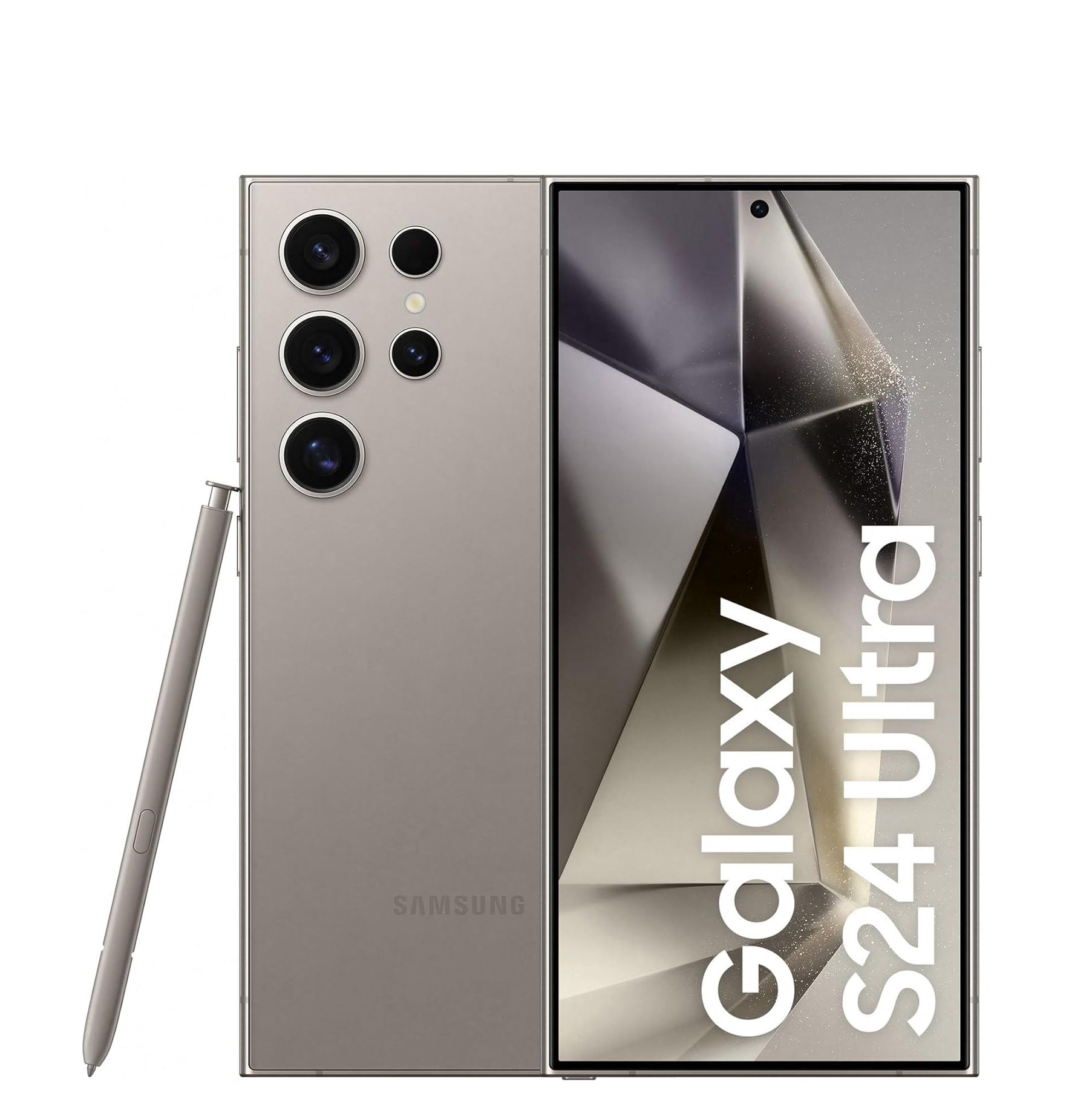
The Galaxy S24 Ultra isn't the latest model from Samsung. but it was only released last year and is not really that different. So as a cheaper option, it's well worth considering. Read more below

Want a screen that's as big as that found on a small tablet, but with the portability of a phone? Then you want a folding phone. And this is the best stylus phone with a foldable screen today.
Read more below
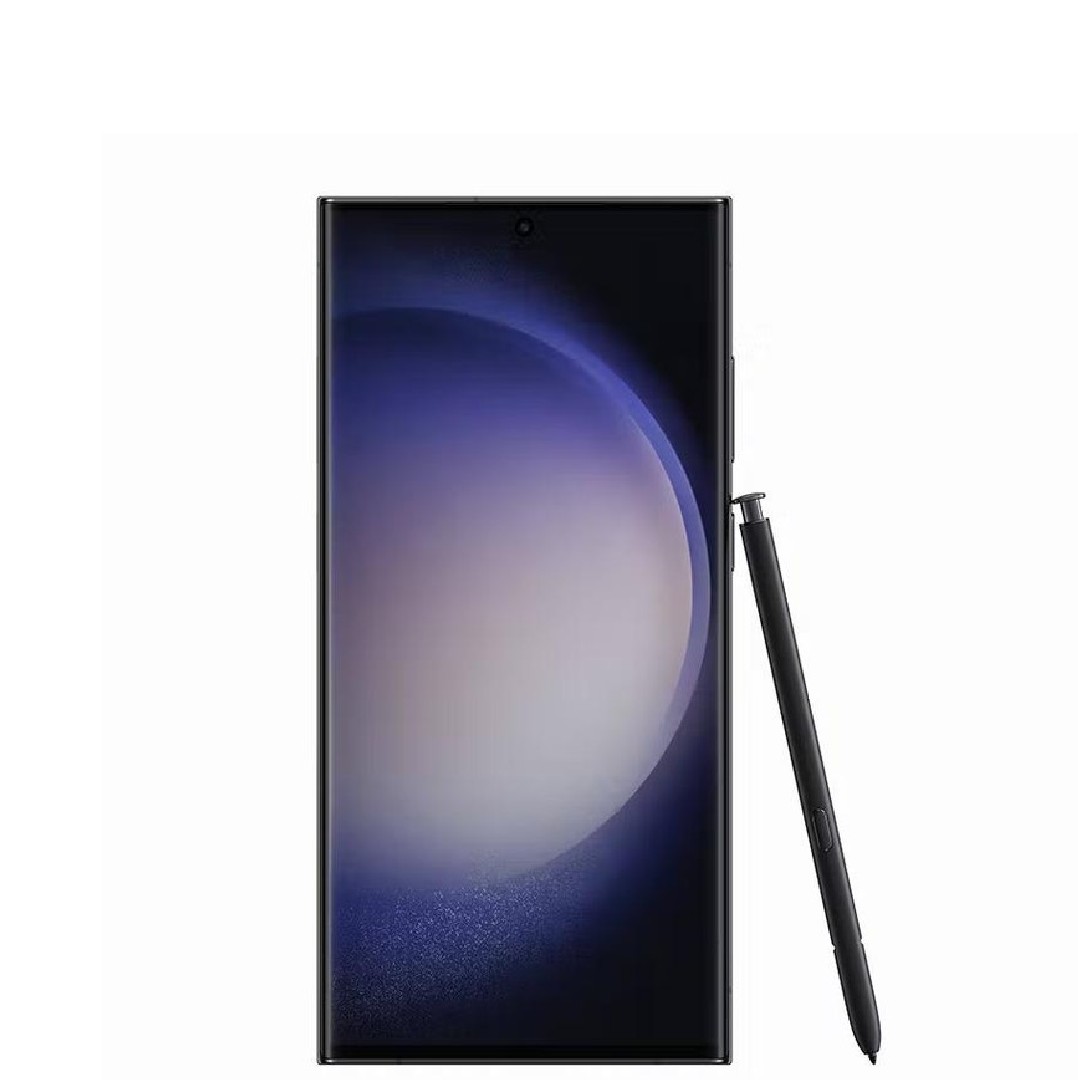
Released in 2023, the Samsung Galaxy S23 Ultra is by no means the latest model. But it's still very capable stylus phone, so it's worth considering if you find one at a bargain price online.
Read more below
The best stylus phone
Why you can trust Digital Camera World
The best stylus phone overall
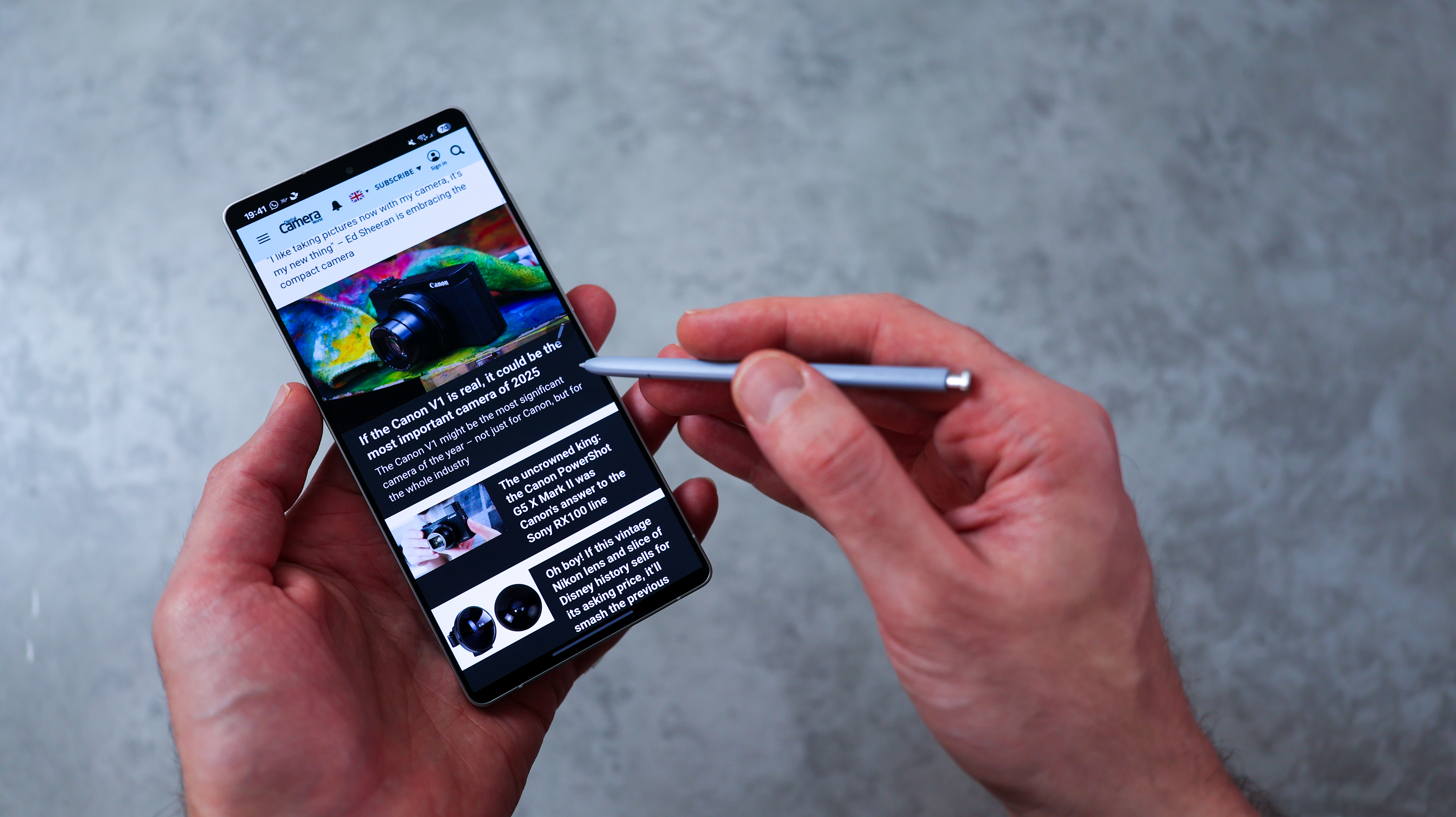
Specifications
Reasons to buy
Reasons to avoid
The Samsung Galaxy S25 Ultra is the best stylus phone today, being the latest version of the only mainstream handset that ships with a built-in S Pen.
Note: this integration isn't just about having a pen; it's also thoughtfully implemented across the device's features. The phone's large 6.9-inch display provides an expansive canvas for note-taking and creative work, while the flat screen design (a change from previous curved displays) offers a more comfortable edge-to-edge writing surface.
Our reviewer found the S Pen works particularly well with Samsung's AI Sketch to Image feature and Samsung Notes, adding practical value for both creative and professional users.
Beyond its stylus capabilities, the S25 Ultra impresses with its versatile quad-camera system, including a 200MP main sensor and impressive zoom capabilities. The phone is notably powerful, running on the Qualcomm Snapdragon 8 Elite processor, which handles everything from productivity tasks to demanding games with ease.
The display is bright and clear even in sunlight, reaching 2600 nits, and features an anti-glare coating that enhances the writing experience.
The premium build quality, combining grade 5 titanium frame with Gorilla Armour 2 glass, ensures durability for daily use. And while battery life isn't class-leading at 5000mAh, it comfortably lasts a full day of use. The device also supports LOG video capture, making it appealing to content creators who might want to use the stylus for precise video editing.
While it comes with a premium price tag of $1,299.99, the combination of stylus functionality, powerful performance, and versatile features makes it a compelling choice.
The best stylus phone from Honor
Specifications
Reasons to buy
Reasons to avoid
The Honor Magic V5 is one of the best folding phones on the market right now. Not only is it thin, light, and super portable but most importantly for our readers, it doesn't majorly compromise on the cameras.
In fact, the cameras are very good indeed. On the rear there are three solid and dependable performers, with the standout being the 64MP periscope telephoto, which takes some of the cleanest photos you'll see on a smartphone. The 20MP, f/2.2 selfie camera isn't much to write home about but it does the job.
It's positive news across pretty much the entire spec, with quick processing, two fantastic, bright, and colorful screens, and a battery that lasts all day and has super-fast charging. Maybe the only critical thing we could say about it would be that the camera bump is bigger than we would like.
For the privilege of a fantastic phone, you'll have to be prepared to part with quite a lot of money. The Magic V5 is one of the more affordable options but it's still going to make your eyes water a little.
For more details, see our full Honor Magic V5 review.
The best premium stylus phone for value
Specifications
Reasons to buy
Reasons to avoid
The S25 Ultra's predecessor, the Samsung Galaxy S24 Ultra, stands as another excellent option for stylus enthusiasts.
Offering the signature S Pen integration that Samsung's Ultra series is known for, this version featured some notable improvements that enhanced the stylus experience, particularly its completely flat 6.8-inch display, which provides a more comfortable writing surface compared to the curved edges of previous models.
The build quality saw a significant upgrade with the introduction of a titanium frame and Gorilla Glass Armor, making it more durable for daily use. And the new anti-reflective coating and increased brightness (up to 2600 nits) made the screen easier to see in bright conditions: particularly useful when using the S Pen outdoors.
Beyond its stylus capabilities, the S24 Ultra impresses with its comprehensive camera system, including a 200MP main sensor and a 50MP 5x telephoto camera that replaced the previous 10x telephoto lens. The phone runs on the powerful Snapdragon 8 Gen 3 processor, ensuring smooth performance.
Another standout features is the integration of various AI tools, including enhanced note-taking capabilities that can automatically summarize and reformat notes taken with the S Pen. The device also offers AI-powered translation features and advanced image editing tools, making it a versatile tool for creative professionals.
We'd still recommend you go for the S25 Ultra if you can afford it. But if you can find this earlier model for a lower price, it's still worth considering.
The best foldable stylus phone
Specifications
Reasons to buy
Reasons to avoid
Want a screen that's as big as that found on a small tablet, but with the portability of a phone? Then you want a folding phone. And the best stylus phone with a foldable screen today is the Samsung Galaxy Z Fold 6.
That said, while the Z Fold 6 supports the S Pen, it doesn't come with one; you'll have to buy that separately. The S Pen Fold Edition is the official S Pen designed specifically for the Fold 6, as well as its predecessor, the Z Fold 5. It features a slim design and a 1.5mm pen tip, allowing for precise writing and drawing.
When unfolded, you're greeted with a spacious 7.6-inch display that's perfect for stylus use. The S Pen support allows for a range of creative and productive tasks, from quick note-taking to detailed photo editing in apps like Lightroom. The phone's powerful Snapdragon 8 Gen 3 chipset ensures smooth performance for even the most demanding tasks.
New AI features enhance the stylus experience, including improved handwriting recognition and a sketch-to-image tool that can transform your doodles into realistic images. The Z Fold 6 also excels in multitasking, allowing you to run multiple apps side-by-side or use the bottom half of the screen as a touchpad in Flex mode.
For more details, see our full Z Fold 6 review.
The best value stylus phone
Specifications
Reasons to buy
Reasons to avoid
The Galaxy S23 Ultra is by no means the latest model (it was released back in 2023), but it's still a very capable stylus phone.
Compared to the S24 Ultra, it has a curved panel rather than a completely flat display, and the newer phone has a new type of glass, which is supposed to be four times more resistant to scratches. The S24 Ultra also has a new reflective coating, and a maximum brightness of 2600 nits, compared with 1750nits in the S23 Ultra.
In other words, you're getting a slightly less good screen with this 2023 phone. However, both models have a 6.8-inch, AMOLED screen with 120Hz refresh rate, so the difference as a whole is minor.
The 200MP cameras are pretty similar too, with two exceptions. With the S23 Ultra you won't get the 10MP telephoto lens of the S24 Ultra, or the new AI-powered photo editing tools. Finally, the S23 Ultra's processor (Snapdragon 8 Gen 2) isn't quite as powerful as the S24 Ultra's (Snapdragon 8 Gen 3 for Galaxy). It's still no slouch, though, so most people won't notice any difference.
For more details, see our full Samsung Galaxy S23 Ultra review.
FAQs
What is a stylus phone?
A stylus phone is a smartphone that comes with a built-in stylus pen, allowing you to interact with the screen more precisely, for drawing, handwriting and other tasks.
Why should I use a stylus phone?
A stylus means you're less likely to miss small buttons, app icons, etc, which makes using a smartphone easier, faster and more relaxing. It also allows for greater precision when doing fiddly tasks on your phone such as handwriting, drawing, and editing photos. And it means you're less likely to leave smudges or fingerprints on your screen, too.
Can I use any stylus with a stylus phone?
You don't always have to use the supplied stylus with your phone; but you normally should. That's because stylus phones are usually optimized to work with the specific stylus provided by the manufacturer. So while a generic stylus may work to some extent, it probably won't offer the same level of functionality and precision as the dedicated stylus designed for the phone.
What can you do with a stylus on a phone?
Why would you want a stylus to use with your smartphone? Maybe because you want to draw, sketch or take notes on the go. Perhaps you want to use it to edit photos. Some people even prefer to use a stylus for the little interactions, such as opening an app, rather than fumbling with fingers. For all these use-cases, we've draw on our expert experience and testing to bring together the best stylus phones in our list above.
How to choose the best stylus phone
To choose the best stylus phone for your needs, there are several factors you need to consider. The first is functionality: look for precision, pressure sensitivity, and palm rejection features. The second is display quality, especially if you need a stylus phone for detailed work. Also consider the phone's processing power and RAM: the higher these are, the smoother the performance you can expect, especially if you plan to use productivity apps or engage in creative tasks. Finally, as with any phone, battery life is important if you're expecting to use your stylus over prolonged periods.
How we test the best stylus phones
Testing the best stylus phones involves a comprehensive evaluation process to ensure they meet acceptable standards of performance, usability and functionality. We assess precision, responsiveness and pressure sensitivity by conducting tasks such as drawing intricate shapes, writing long passages and sketching designs. We examine the quality of the screen, including color accuracy, brightness, and resolution, to ensure it provides a pleasing experience for stylus use. And we evaluate how seamlessly the stylus integrates with the phone's software, checking for features such as palm rejection, hover detection, and shortcuts for specific functions.
The best camera deals, reviews, product advice, and unmissable photography news, direct to your inbox!

Gareth is a photographer based in London, working as a freelance photographer and videographer for the past several years, having the privilege to shoot for some household names. With work focusing on fashion, portrait and lifestyle content creation, he has developed a range of skills covering everything from editorial shoots to social media videos. Outside of work, he has a personal passion for travel and nature photography, with a devotion to sustainability and environmental causes.
- Paul HattonFreelance tech writer
- Tom May
